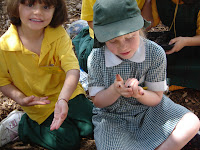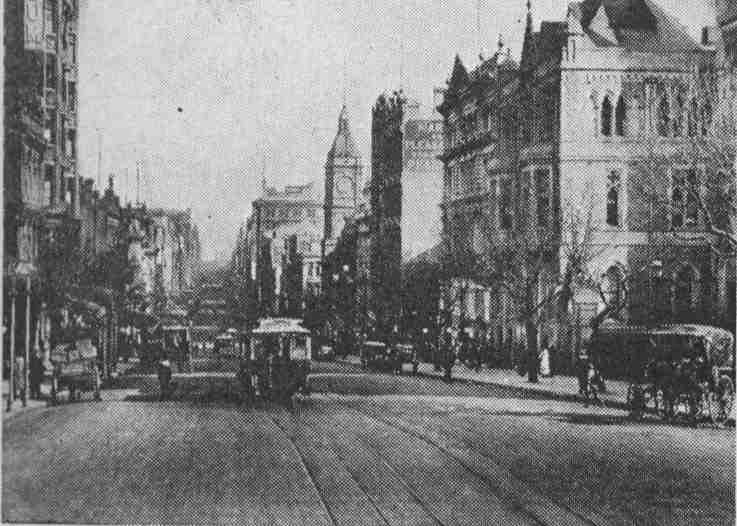 I must apologise for the lack of posts of late, this year is winding up so fast! Mia has had here orientation for school next year, the school book list has gone in to the office for all four of the children for next year and ...the year has not even finished!
I must apologise for the lack of posts of late, this year is winding up so fast! Mia has had here orientation for school next year, the school book list has gone in to the office for all four of the children for next year and ...the year has not even finished! And....before Christmas arrives it is my birthday soon and I just keep thinking....where ARE the days going?
I know I am not the busiest person on the planet but it is silly season after all!
Last night hubby and I went on a dinner cruise along the Yarra River and out under our Westgate Bridge, over to lovely Williamstown and back to the Docklands again. It was so much fun, I danced ALL night! It was for the first of many work Christmas Parties.
I have been working full time again now also and so, with that, life is hectic. I am loving the work and life is good! Everyone is healthy and that is the main thing. I will take more pics when we go out to the next few functions and keep everyone up to date as to what has been going on.
I hope you all stay safe over this busy time :)


 Ocean Grove State School in 1910 showing Mr. Hugh Clark and pupils. Hugh Clark taught at the school for almost 30 years and was Head Teacher from 1911 until 1925.
Ocean Grove State School in 1910 showing Mr. Hugh Clark and pupils. Hugh Clark taught at the school for almost 30 years and was Head Teacher from 1911 until 1925. Down Main Street Ocean Grove.
Down Main Street Ocean Grove.










 His heart has been on display for many years in a museum. Why, I hear you ask? Because a normal horses' heart weights approximately 4 kilograms and Pharlap's was 6.2 kilograms. So amazing!
His heart has been on display for many years in a museum. Why, I hear you ask? Because a normal horses' heart weights approximately 4 kilograms and Pharlap's was 6.2 kilograms. So amazing!

















 Two contestants from 2006 Fashion Comp.
Two contestants from 2006 Fashion Comp. The lovely Megan Gale.
The lovely Megan Gale.
 One of the most breath taking buildings in Melbourne, if not on the outside, is probably 333 Collins Street Melbourne. The Atrium is one place you have got to see to believe. And, for your viewing pleasure, click
One of the most breath taking buildings in Melbourne, if not on the outside, is probably 333 Collins Street Melbourne. The Atrium is one place you have got to see to believe. And, for your viewing pleasure, click  Festive time at The Block Arcade.
Festive time at The Block Arcade. One of our top tourist attractions is the
One of our top tourist attractions is the